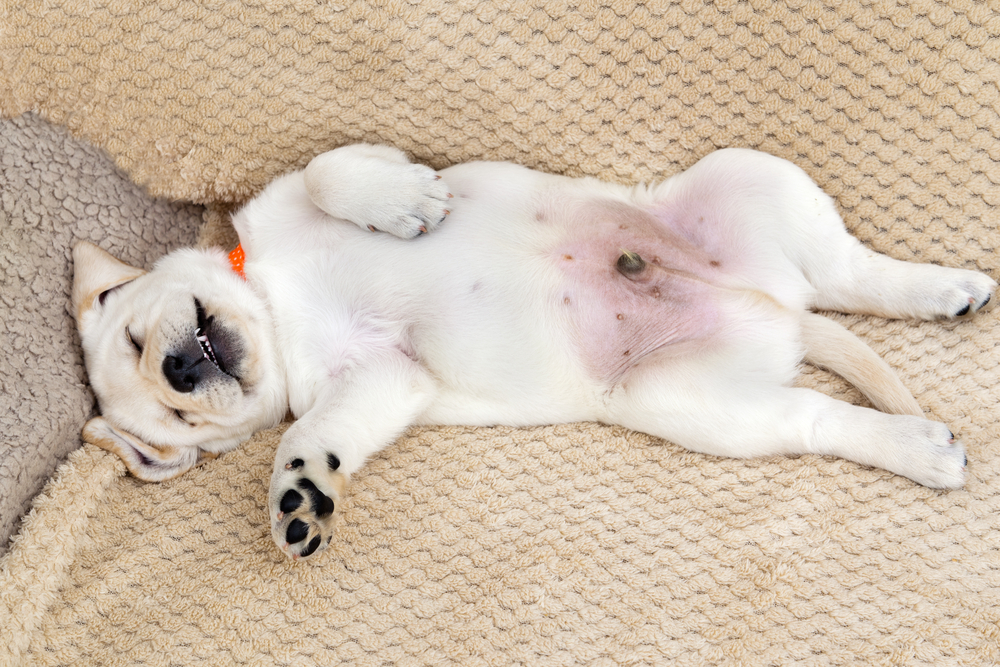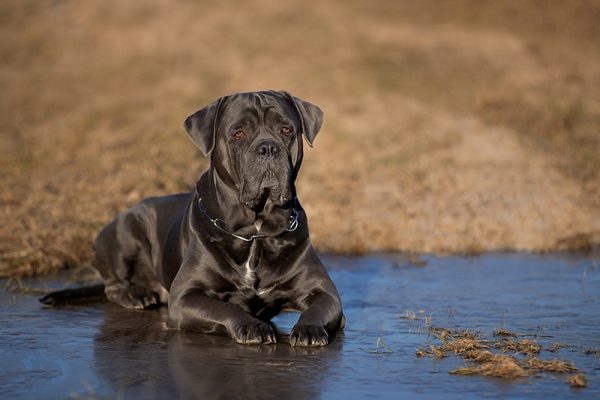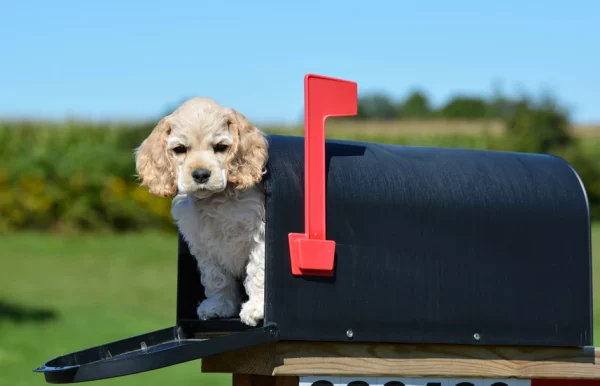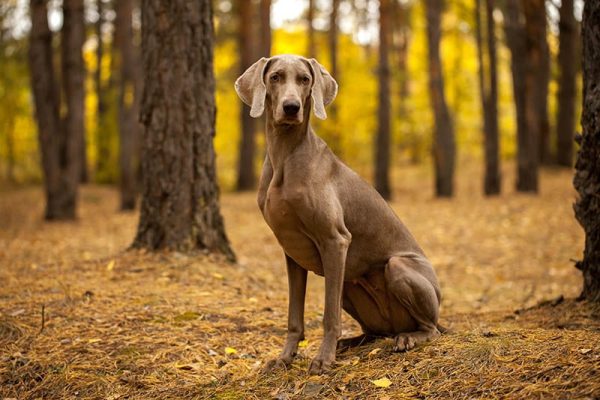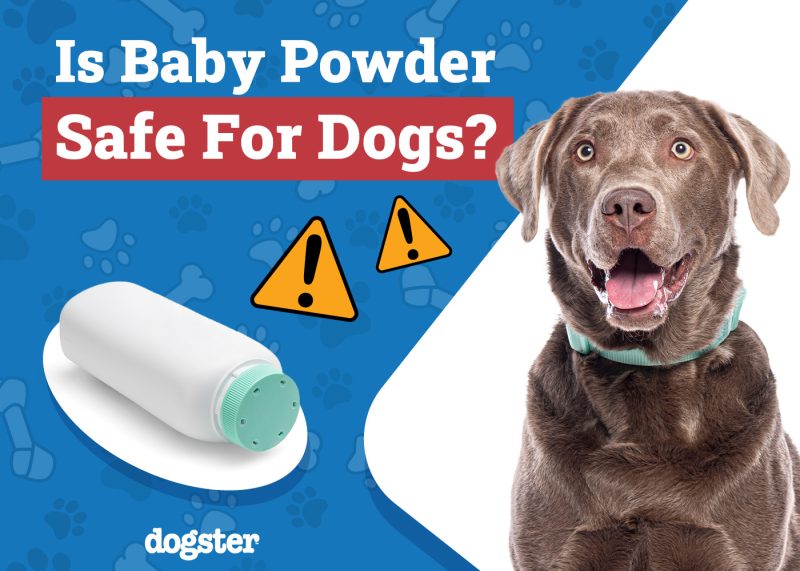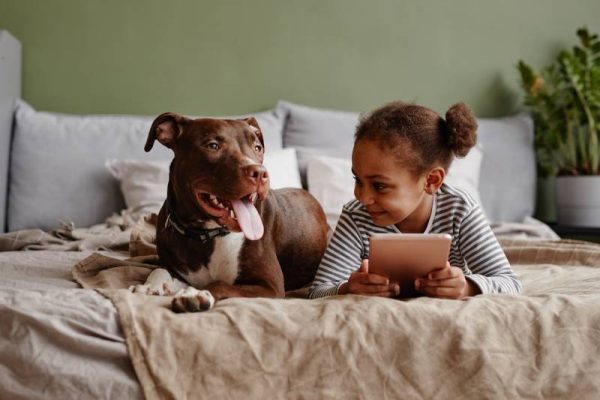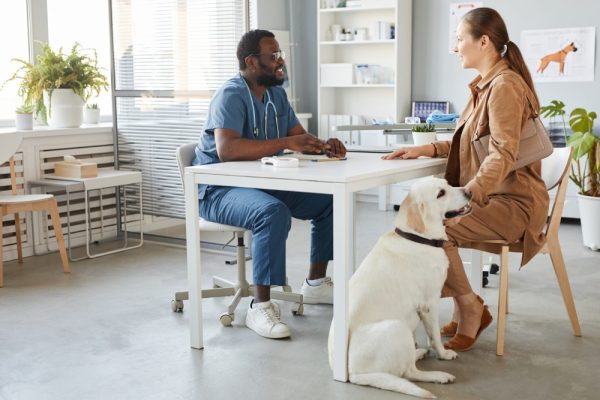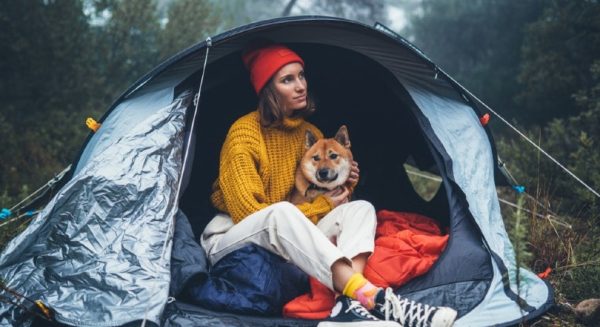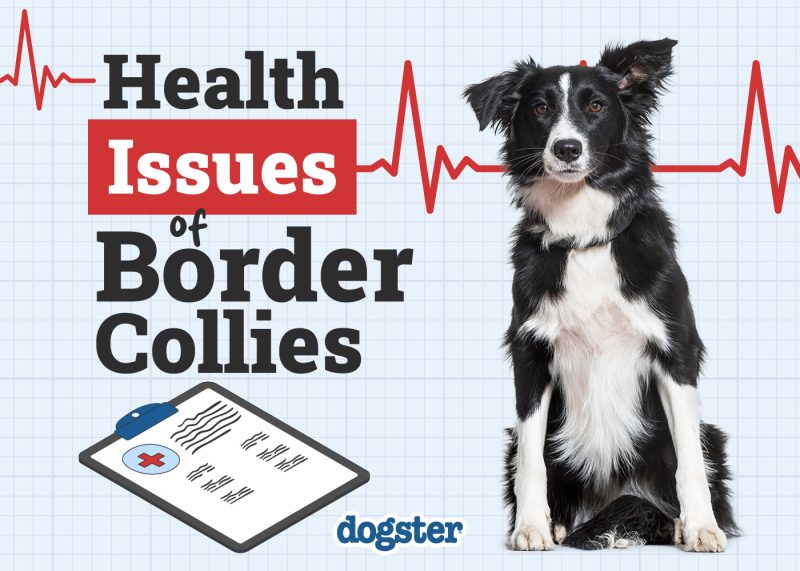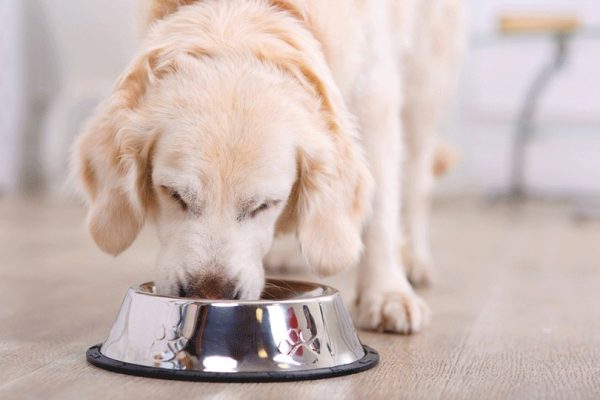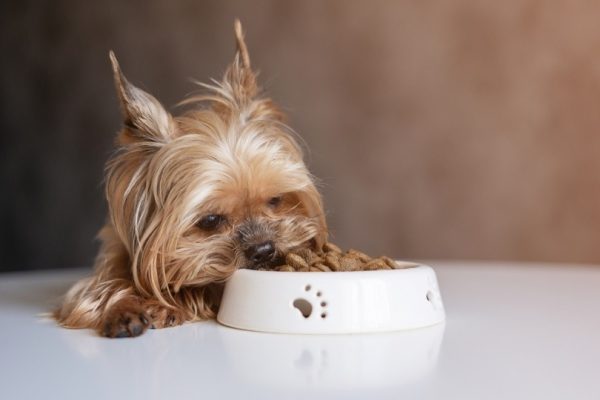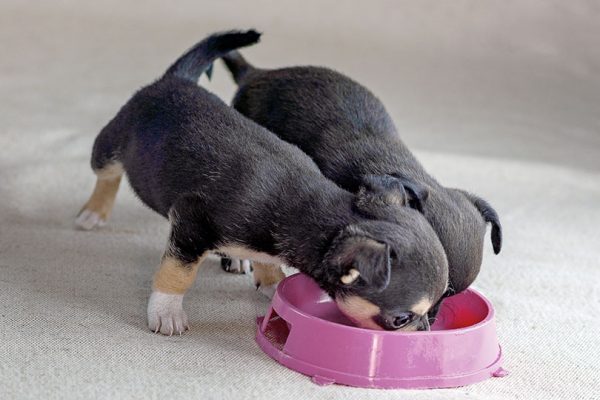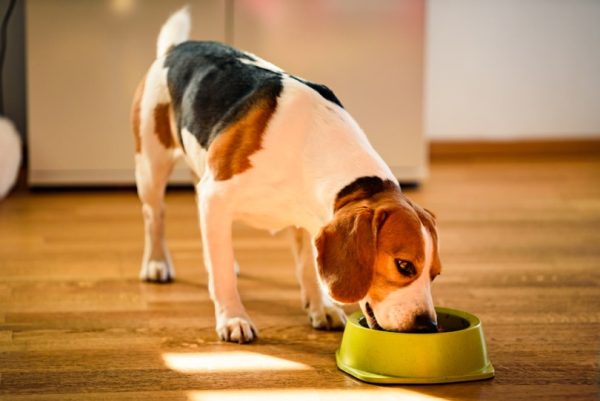Have you noticed that even though you have a boy dog (you’ve checked), you also couldn’t help but see little nipples hanging below, too. Do male dogs have nipples? Why on earth would they? After all, they aren’t nursing a litter of puppies. Male dogs have nipples because male and female dogs are nearly identical in the womb until they start developing genital organs at around 5 weeks of gestation.
In this article, we will explore the male dog anatomy a little to see what purpose these little appendages serve and how you can tell the difference between a nipple and a problem. Let’s get into it.

Why Do Male Dogs Have Nipples?
Male dogs have nipples for the same reason human men do—it’s simply part of the evolutionary process. You see, in the womb, boys and girls aren’t much different. It is not until 35 to 40 days after fertilization that embryos will start to differentiate into either male or female.1
What exactly does this mean? Simply put, nipples begin to develop before the sex differentiation period in the embryo.
So, in the early stages of development, there are no reproductive organs but rather a gonadal ridge formed by canine primordial germ cells. These cells will mature in the gonadal ridge between days 27 and 30 post-fertilization and will remain undifferentiated until days 35 to 40 post-fertilization.1
This means that at roughly 5 weeks gestation, puppies will start to develop their genital organs. This means that the sexually indifferent gonads and genitalia progressively acquire male or female characteristics as the embryo becomes a fetus, then a puppy, and finally an adult dog.
If the dog is a female, the mammary organs develop fully thanks to the different hormones, and at some point, the mammary glands and nipples would be needed to serve their biological purpose, which is to produce milk and nurse their young. If the dog is a male, the penis, testicles, and other male reproductive organs develop, but the mammary glands and nipples don’t go away because they were already there. They’re just underdeveloped thanks to the effect of androgens and anti-Müllerian hormone (AMH), which prevents them from developing fully.
So, while nipples are useless for male dogs, they exist, nonetheless.


How Many Nipples Do Dogs Have?
Both males and females have an average of 8 to 10 nipples that are arranged and symmetrical rows on the underside of the belly.

What if There Is a Different Growth?
If the nipples of your male dog seem swollen, are painful, or the tissue surrounding them is changing in size or consistency, you should be aware that it could be something of concern. Not uncommonly, pet parents might confuse a tick with a nipple, so knowing their exact number, normal size, and location is always useful.
Male dogs can also develop different “growths” from a simple skin tag to an abscess, cyst, or tumor. If something looks off, it should be checked by a veterinarian. Dogs are susceptible to developing abnormal growths and tumors, and while some of them could be benign, cancer is also a possibility that you always want to rule out.
While mammary gland carcinomas are sporadic in males, it isn’t necessarily impossible, just unlikely. Studies estimate that female dogs are 62 times more likely to develop mammary-gland tumors than male dogs, and only 2.7% of the cases belong to males. These types of tumors can be both cancerous and non-cancerous.
However, there is more than one possibility, and if there is a tumor growing, knowing its origin and whether it is benign or cancerous is very important. The diagnosis can not be done just by looking at it. Even an experienced vet will need to perform additional tests to know exactly what is going on. Fine needle aspirations or even biopsies for histologic examinations might be necessary. Once your vet finds out exactly what kind of tumor they are dealing with, they will come up with the best treatment plan to help your best friend.
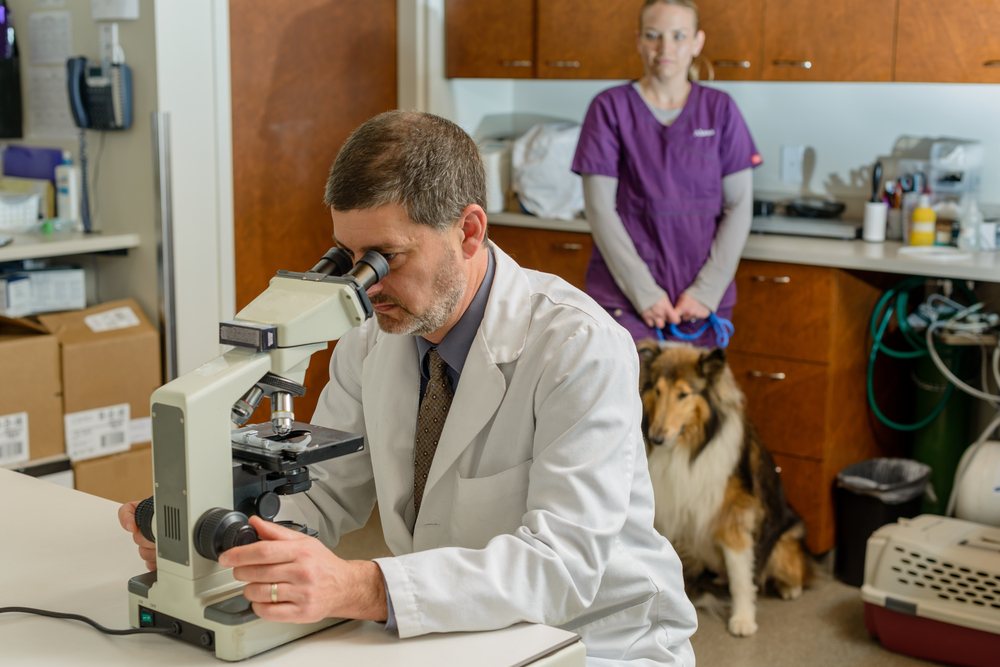

Conclusion
Now you know that, just like human men, male dogs will have nipples. Even though they will never use them for any real purpose, it is simply a product of embryonic development. While nipples are a normal phenomenon to see on a canine, they are normally symmetrical and easy to detect.
If you see a weird lump or something on your dog that resembles a nipple but has a different feel, it’s important to get them into your vet to determine what you’re dealing with.
Featured Image Credit: Anna Tronova, Shutterstock

